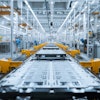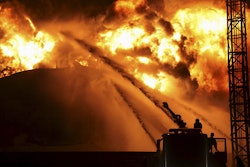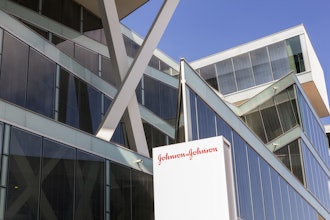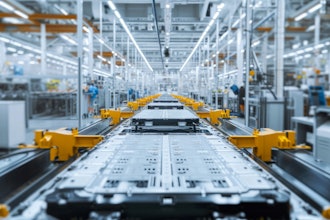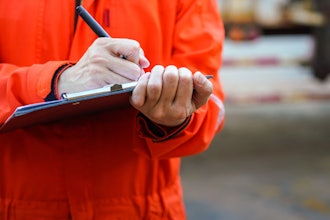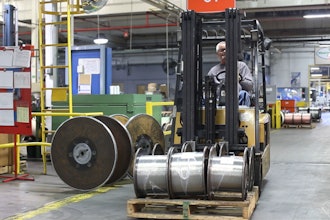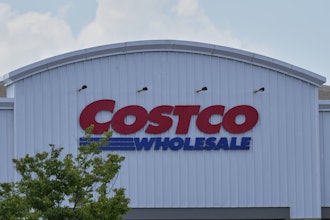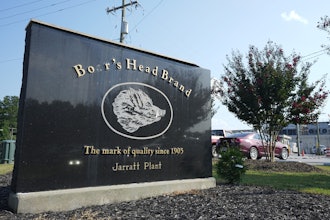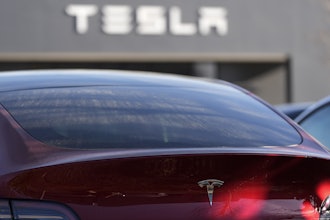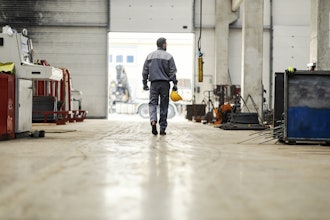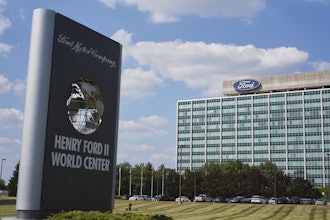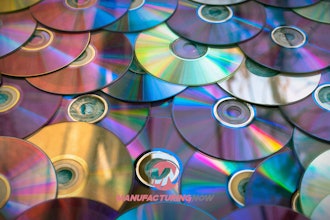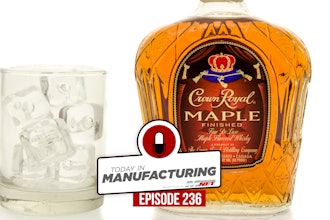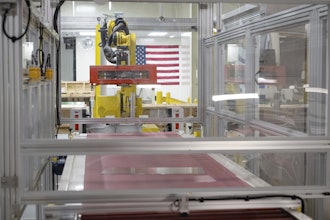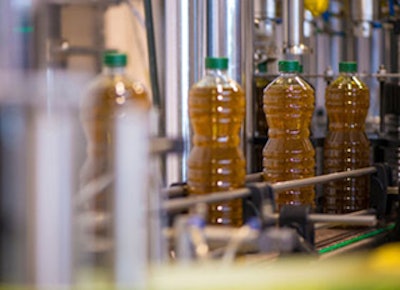
Fill level monitoring is a stage of the manufacturing process in which packages are filled to the correct height, regardless of the type of container or contents, using thermal imaging, sensors and X-rays as the means of measuring the proper level. It is an alternative to checkweighing inspection, which uses scales to verify the contents of packages and quantities, as well as to identify parts and determine if the parts meet the proper specs.
Fill level monitoring is a safer, cheaper means of measuring contents during manufacturing. While there may be cases where checkweighing inspection is preferred, fill level monitoring makes a good case for being the go-to process in the majority of the cases.
It Saves Money
The last thing you want is costly overfills and underfills of your product. The fill level monitoring system provides greater accuracy in container filling, which results in a decrease in waste. This becomes important, especially when you bear in mind that the European Union requires food manufacturers to bear sole responsibility for the products that companies produce, as well as for the introduction of a system that provides safety and quality for the food produced and handled. If your business is considering doing any business in Europe, then it stands to reason that you'd want to make sure that your products are in line with the accepted standards.
In addition, the accuracy of the monitoring system helps prevent costs associated with line shut downs and dissatisfied customers. The process even takes into account changes in package weight or variable shapes. This provides a degree of flexibility that makes the investment in such a system go a lot further.
Fill level monitoring is a faster procedure, enabling a manufacturer to churn out more than 2,000 containers a minute, versus the approximately 700 containers that checkweighing offers. This gets more product out the door faster, enabling the manufacturer to keep up with demand. A fill level inspection machine also takes up only about one cubic foot of space, compared to anywhere from four to 14 cubic feet for a checkweighing machine.
It's Safer
Fill level monitoring technology such as two-dimensional X-ray imaging, has a greater likelihood of spotting problems such as misaligned lids or caps and internal pressure issues, delivering a safer product to the consumer. It helps that the measuring equipment doesn't come anywhere close to contact with the products themselves, creating a true "hands off" situation, and that can only be a good thing when you're talking about food production.
The application of this technology also extends into the area of industrial maintenance. Thermal imaging helps spot things like overheating in coolant tanks, averting a catastrophic accident. Non-contact thermographic measurement makes you aware of the fluid level in sealed tanks, so equipment damage and the ensuing losses of production time can be avoided.
Non-contact fill level monitoring is a system designed to be 100 percent reliable, regardless of harsh working conditions. It provides a safer product for consumers, as well as a means of monitoring the manufacturing process for potential mechanical problems that could become safety issues if left unaddressed.
While there are exceptions, it seems clear that if you're dealing with metal cans, plastic or glass bottles, or composite containers, you can benefit from a fill level monitoring system that employs either X-Rays or thermographic imaging.
John Terra has been a freelance writer since 1985. He writes about everything from running 5K's to white hat SEOs.
For more food industry news and information, subscribe here and follow us on Twitter, Facebook or LinkedIn.

